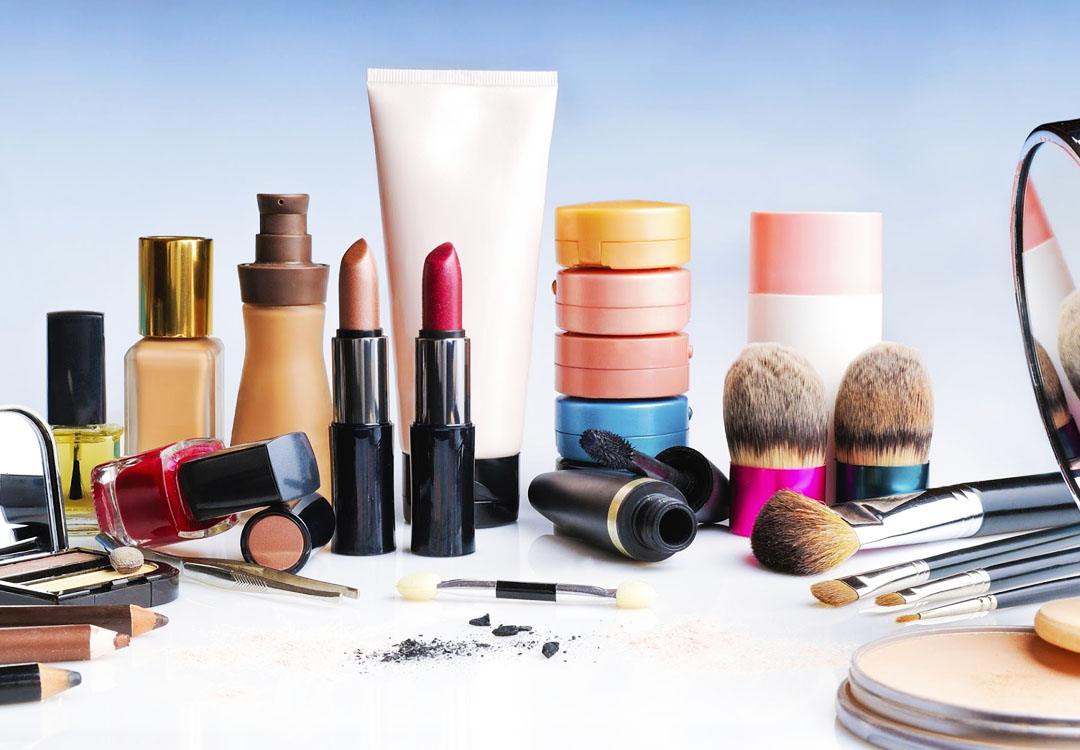Overview
From investigating consumer behavior and beauty aspirations, the biology of skin, hair, teeth and oral cavity and to new innovative technologies and bettering sustainable development methods, cosmetic industry in Europe plays a big role in developing products and it is also a highly innovative sector and science-driven.

It helps in selecting and developing the best ingredients that are safe for humans and environment-friendly. And they also create and re-develop products so that they may reach the ever-changing expectations of the consumers. Estimated 2.35 billion Euros on total expenditure R&D in Europe.
The industry’s innovation is not short-term. Five years of innovative research and formulation is needed to bring a new product to the market.
A quarter of all cosmetic products on the market are completely new and improved every year. Useful indicator for innovation, patent activity is a large proportion of patents granted in the EU are for our industry’s products and its record is 10% of all awarded patents in the EU in 2009.
Revolutionary breakthroughs are rare even though innovation in our industry is a constant process. If we want to appreciate how significant progress has been, we only need to look back a few years. Think about 20 years ago, high-UV sunscreens have a thick and oily consistency. Or drastically improving anti-dandruff formula because they already know the cause of it, Malassezia.
The role of science
We are driven by science and we have a fast-moving consumer well in our industry. Even though you think of a simple improvement might be in time, will become a scientific breakthrough. Example of this is the smell of the ammonia in our hair dye. It took over 20 years of scientific advancement to remove the smell of it and there are 30 scientific steps in improving and developing lipsticks. It is through this step-wise process that scientist developed lipsticks with low oil and providing a long-lasting shiny finish.
Approximately 27,900 scientists are being employed by the European from a wide range of discipline including microbiology, physics, toxicology, dentistry, dermatology, rheology, genetics, and analytical chemistry. Europe carrying research in relation to cosmetics have a least 77 scientific innovation facilities.
The latest trends
Even though the innovations have been impressive these days, scientific innovation in the cosmetics and personal care industry in the 21st century a whole new horizon is a big role. Even some scientists are using back the substances to create new formulations.
How consumers are driving innovation
Constant innovation for its consumers’ desire for new better and safer products and delivered by dynamic and responsible companies drive our needs. It becomes more challenging when new innovation comes. The times that all was required to make a product less irritable to the skin or making it better is now gone.
Different forces are driving consumer expectations
Consumers nowadays are looking for products and services that are personal to them. For our industry, it means that you should meet demands for products tailored to diverse individual factors such as age, gender, ethnicity, religious beliefs, geographies and climate, lifestyle, health, and well-being.
Consumers are conscious of the environment, social and ethical consumption and production. They are expecting businesses to have concerns and to be responsible in all our resources in developing and the production of this industry.
Cover Photo Credits: customsandinternationaltradelaw.com


